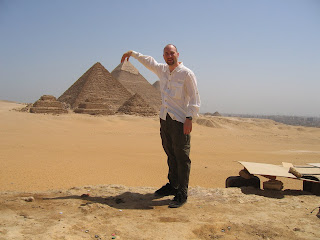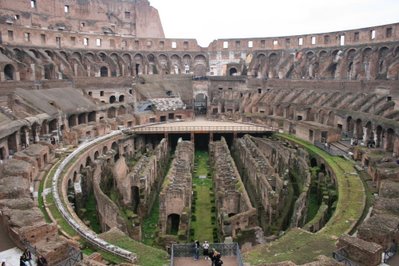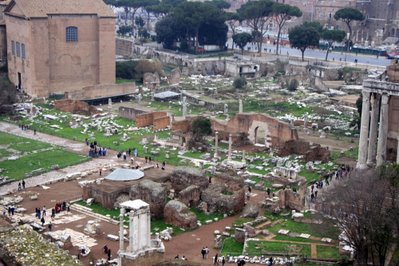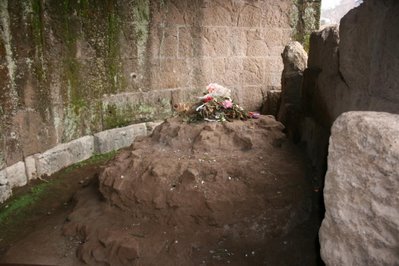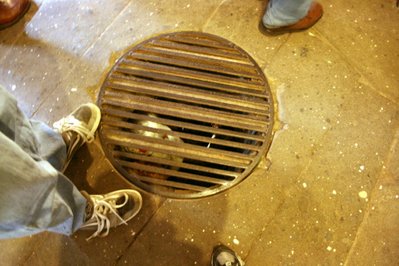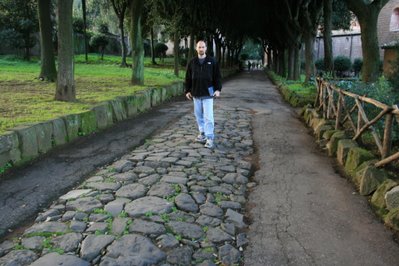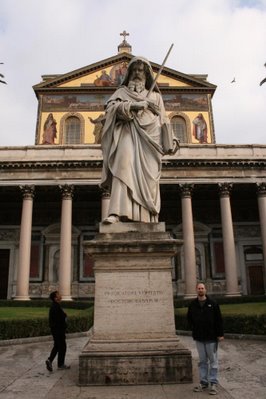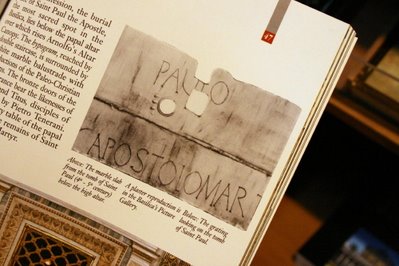 I’m a really big fan of The Case for Christ and The Case for Faith by Lee Strobel, so when Zondervan asked me to check out Lee’s newest book, The Case for the Real Jesus, I happily accepted.
I’m a really big fan of The Case for Christ and The Case for Faith by Lee Strobel, so when Zondervan asked me to check out Lee’s newest book, The Case for the Real Jesus, I happily accepted.This book follows the same format as the other books in the series in that Strobel begins each chapter with a story from his life as an investigative reporter, poses his question, and then interviews an expert in order to seek out an answer.
From the recent production of The Da Vinci Code to Islam’s denial of Jesus’ resurrection, the constant bombardment of attacks on the historical Jesus is a reality in American culture today.
In The Case for the Real Jesus, Strobel addresses six of the most common assertions against Jesus. Those questions are:
1. Scholars Are Uncovering a Radically Different Jesus in Ancient Documents Just as credible as the Four Gospels.
• This chapter deals with issues such as the Gnostic gospels, the Gospel of Thomas, the Gospel of Judas, The Gospel of Mary, and many others.
2. The Bible’s Portrait of Jesus Can’t Be Trusted Because the Church Tampered with the Text.
• This chapter deals with areas of textual criticism, has the Bible been changed, alleged contradictions and errors.
3. New Explanations Have Refuted Jesus’ Resurrection.
• In this chapter, Michael Licona presents a 5 point argument defending the resurrection.
4. The Cross-Examination.
• Lee attempts to counter Licona’s arguments defending the resurrection, and presents alternative theories including the Islamic view of the resurrection.
5. Christianity’s Beliefs about Jesus Were Copied from Pagan Religions.
• This chapter of the book examines the story of Jesus compared to other pagan gods such as Mithras, Dionysius and others.
6. Jesus Was an Imposter Who Failed to Fulfill the Messianic Prophecies.
• A close look at who the Messiah was to be, the system of sacrifice used in Ancient Israel, and what requirements the Messiah was to fulfill are all addressed in this chapter.
7. People Should Be Free to Pick and Choose What to Believe about Jesus.
• Questions such as “what is truth?”, statements such as “All religions are equal” and a close look at postmodern thought are all examined here.
All things considered I really enjoyed this book (especially the Islamic Catch-22 explain on page 132). I really appreciate how Strobel is able to take complicated concepts, such as postmodern thought, and present them in a way for all to understand. This book is timely and relevant to today’s world. Some parts of the book seemed like they were written quickly to meet a publisher’s deadline but the chapter on the resurrection of Jesus alone, was worth the price of the book.
BOTTOM LINE:
If you enjoy contemporary apologetics or are seeking answers to discover who Jesus really is in light of “new discoveries”, I’d recommend this book.
Pros:
Timely and Relevant Questions
Clearly written and easily able to be understood by all
Cons:
This book didn’t have discussion questions at the end of the chapters the way his previous ones did.
Zondervan went a little heavy on the promotion for Strobel’s other books.
You can purchase this book from Amazon.com by Clicking Here.



















